SATS opens new air cargo hub at Changi Airport as testbed for T5 operations
The new centre consolidates SATS' cargo operations into a single location covering about half the size of a football field.
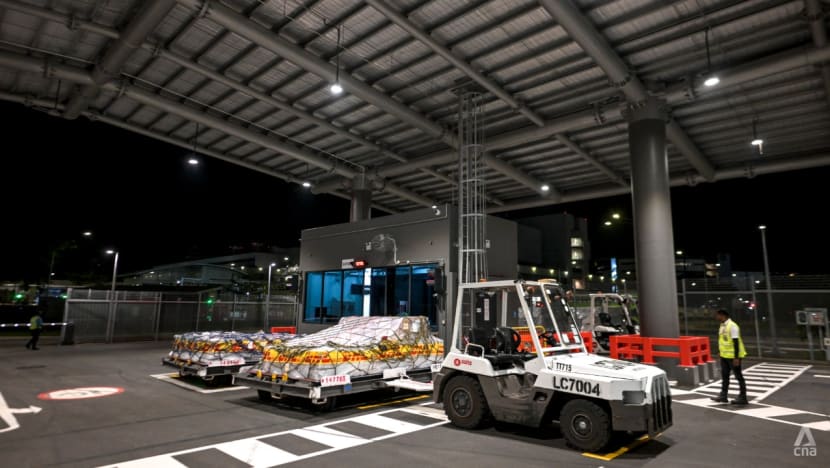
Air cargo being brought in for inspection and weighing at the new SATS Bulk Unitisation Programme handling facility on Jul 28, 2025. (Photo: CNA/Wallace Woon)

This audio is generated by an AI tool.
SINGAPORE: SATS has launched a new air cargo handling facility at Changi Airport, which will serve as a testbed for new systems and processes that may be deployed at the future Terminal 5 and Changi East Industrial Zone.
The Bulk Unitisation Programme (BUP) Handling Centre, officially opened on Tuesday (Aug 5), is the world's first facility dedicated to such cargo.
BUPs are ready-to-ship cargo packages assembled by freight forwarders or shippers and delivered to SATS to be loaded onto flights. They typically contain multiple items – such as e-commerce packages, boxed items or loose parcels – secured and moved as a single unit.
Goods typically moved in BUPs include electronics and consumer goods, said Mr Kuah Boon Kiam, senior vice-president for cargo services at SATS.
"BUP as a concept is not accepted by all countries due to differing customs requirements," said Mr Kuah during a media preview. "But in Singapore, we have a custom regulation that allows for this, and because of it, this, as far as we know, is the first facility of this sort."
STREAMLINED OPERATIONS
The new centre consolidates SATS' cargo operations, previously spread across two sites, into a single location covering about half the size of a football field at SATS Cargo's Airfreight Terminal.
Operations moved to the new facility in April, with 20 employees working across three shifts around the clock.
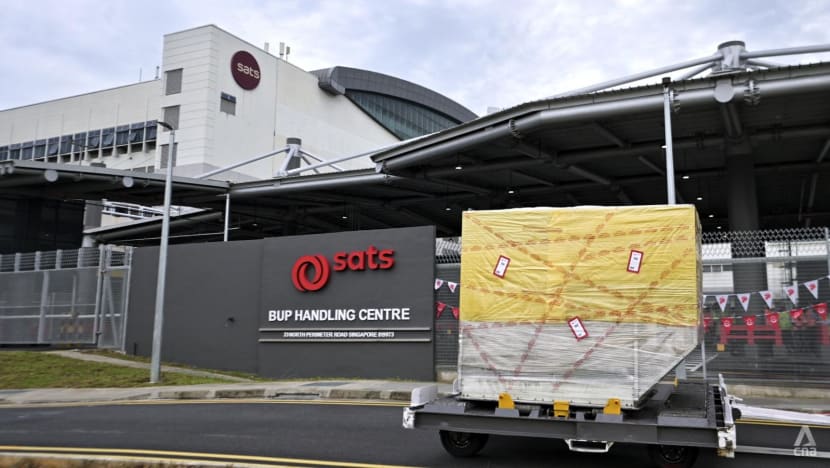
Previously, BUPs had to be moved twice by forklift – first to a weighing scale, then to the truck dock for administrative clearance. The new facility integrates the weighing station and processing booth side by side, reducing processing time from between 10 and 15 minutes to between five and eight minutes.
The number of weighing scales has also increased from one per site to six in total, reducing the minimum processing time. This means that companies can now send in their packages closer to the flight time, from two-and-a-half hours down to two.
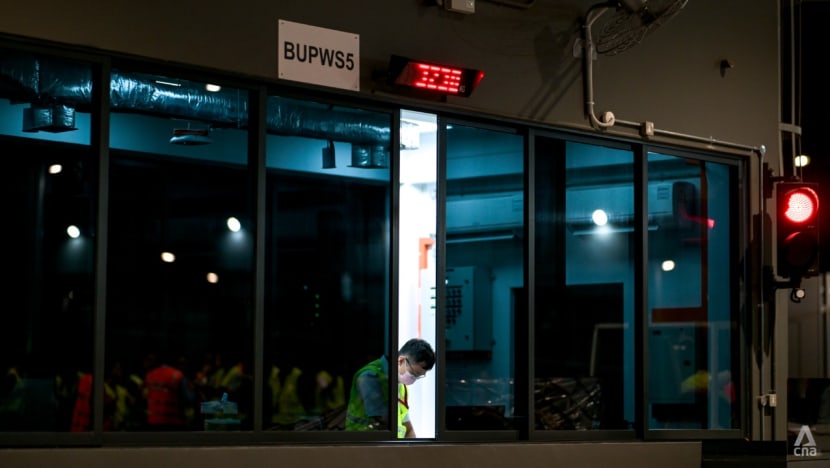
"To a freight forwarder, this is quite a big deal, because they always want to send it in as close to the timing as possible, so that they can maximise the build-up in their warehouse and put in more cargo," said Mr Kuah.
CREATING CAPACITY
Currently, about 35 per cent of cargo handled by SATS comprises BUPs. The firm aims to raise this to at least 50 per cent within 12 to 18 months.
SATS now processes over 300 BUP units daily but has capacity for 600, said Mr Kuah. "We don't want to design a facility that is full from the very first day of operation," he added.
The decision to build the facility was made in 2022, as air travel recovered post-pandemic. Without it, SATS would be operating at capacity, said Mr Kuah.
"The growth in air freight has made our warehouses a little bit congested on certain days, particularly during the peak periods," he said. "We have to create capacity so that we can grow; otherwise, we will not be able to accept new cargo."
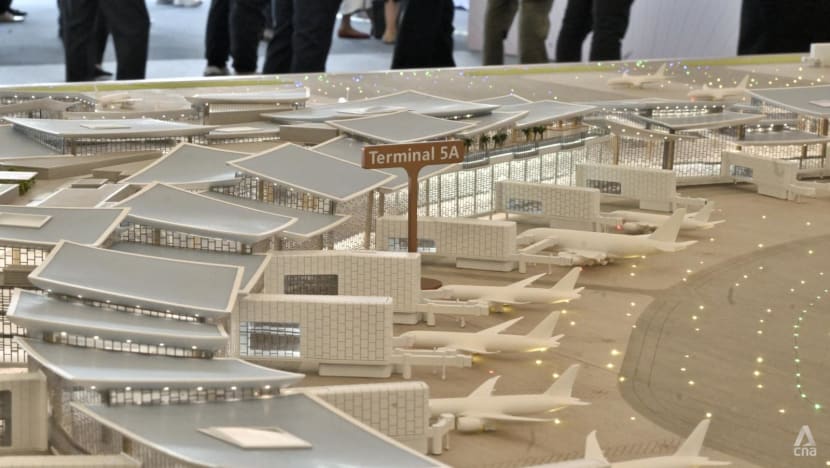
The BUP Handing Centre will serve as a testbed for future cargo operations at Terminal 5, which is expected to open in the mid-2030s, and Changi East Industrial Zone.
"If it works very well, then we will replicate it for the new facility," said Mr Kuah. He added that if improvements are needed, there would be time to do so before the move into the new facility.
Speaking to reporters at the launch, SATS president and CEO Kerry Mok said the company must prepare for the expected rise in global cargo volumes.
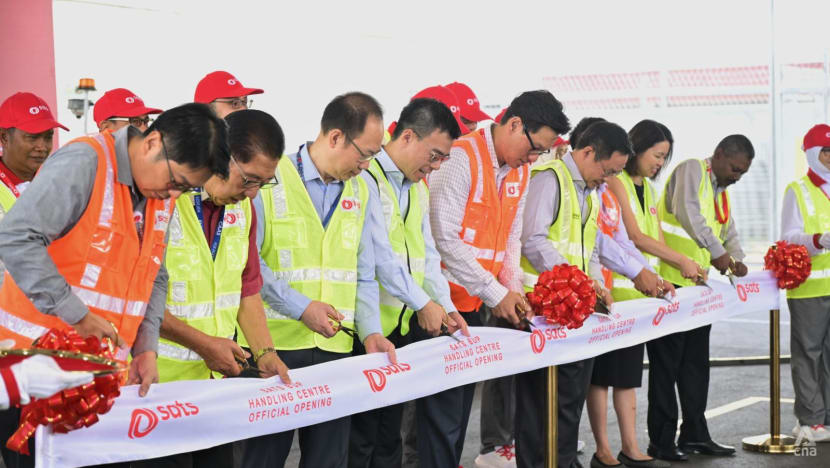
"For T5, because it's still in the design stage, we still haven’t figured out what is actually the investment required," he said, adding that it is "still some time away".
However, with the global cargo volume projected to grow 3 to 4 per cent, Singapore must be ready to handle a similar increase ahead of Terminal 5's opening if it wants to secure a share of that growth, said Mr Mok.
Editor's note: A mention of the year SATS will move into the new facility has been removed from a quote in this article as the company clarified that it has not been confirmed.














